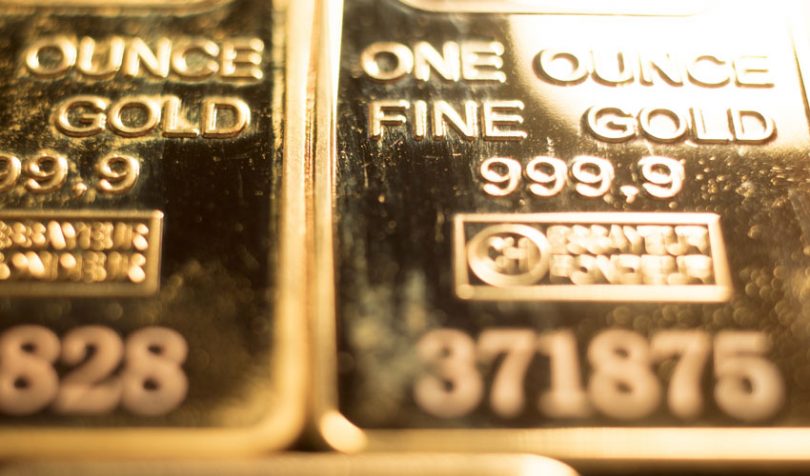Turkey’s Istanbul clearing, settlement and custody bank, Takasbank, has announced a blockchain-based gold trading platform dubbed BiGA Digital Gold.
The project aims to provide customers with tokenized units of gold, backed by physical reserves with the Borsa Istanbul, which can be traded on the market.
Around the clock or 24/7 trading is one of the key benefits, as well as gold traceability. In future, the project will also be available to consumers. Tokenized gold usually enables end users to buy a fractional amount, and they don’t need to safeguard the gold physically. However, they need to keep their private keys securely.
In its announcement, the bank said the project was launched back in 2018. Trials were completed with the collaboration of Albaraka Türk, Garanti BBVA, Kuveyt Türk, Vakıfbank and Ziraat Bank. All are members of the Takasbank’s Gold Transfer System.
Takasbank said the blockchain platform enables total privacy of the transactions. The infrastructure allows the regulator to monitor transactions.
In terms of technology, the platform is based on a variation of JP Morgan’s Quorum, the private version of Ethereum. A Takasbank spokesperson told Ledger Insights that: “we injected our new cryptographic design to Ethereum source code.”
Last week it was revealed that Paxos received a New York State license for its gold-backed digital currency PAX Gold. Paxos is one of the biggest stable coin issuers. There are numerous other contenders in the space, including Karatcoin, which has a somewhat volatile market capitalization that currently stands at $142 million.
So how does BiGA compare? By far the most significant difference is it uses a private blockchain rather than a public one. They are not trying to raise money via an ICO, and they are themselves a trusted custodian.
Two years ago, the UK government’s Royal Mint intended to issue digital gold. But the plans fell apart after exchange group CME withdrew from the project.
Last year, Tradewind Markets launched an industry-focused platform, with the Royal Canadian Mint in the role of custodian. The platform records the source of precious metals, physical characteristics, logistics and refining, and compliance with standards.
IBM too has a provenance blockchain for precious metals called TrustChain, a consortium of gold and diamond industry players. The purpose of the blockchain initiative is to trace the provenance of finished pieces of jewelry for increased transparency.






